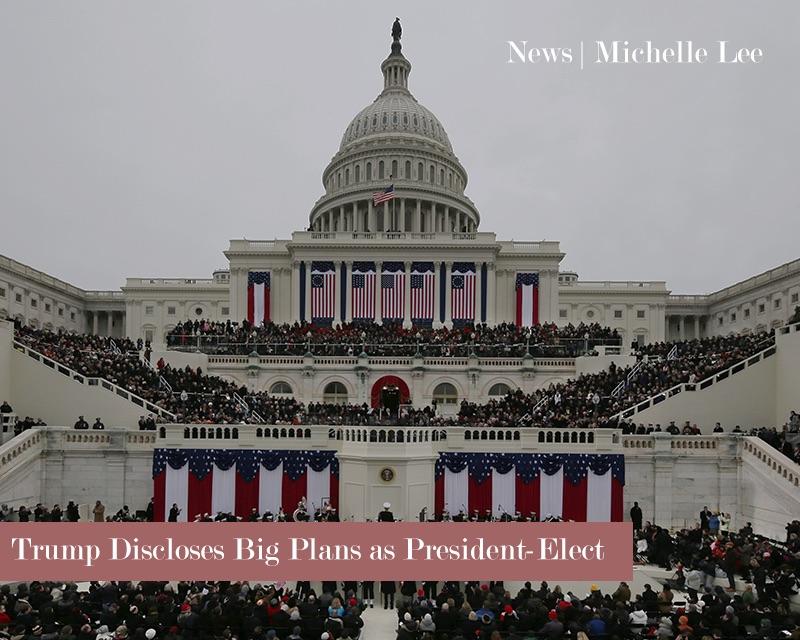Donald Trump’s overwhelming victory in the election was a rather unexpected outcome based on the Electoral College forecast. Although the official presidential inauguration does not take place until next year January, Trump has been in and out of the White House to prepare for his presidency. In retrospect, both economists and politicians have stated that his high and low points in the election make it extremely hard to predict what the presidency of Donald Trump will actually look like.
As predicted by many politicians, he has selected a Republican majority for his cabinet, such as his choice of Reince Priebus who was the chairman of the Republican National Committee, as the White House Chief of Staff. The most controversial of all his choices was his appointment of Steve Bannon, the lead of a right wing and provocative journalist website called the Breitbart News and previous employee of the Goldman Sachs Company, as chief strategist. Although Trump has described Bannon as a “highly qualified leader,” many officials in the White House themselves are unsure of how things are going to fold out in the future, as reported by the New York Times.
“One of Trump’s major attack on Hilary was her close relationship with the Goldman Sachs Company and used his campaign to run against the financial firm,” said Morgan Miller, AP Economics teacher. “Now that he’s in office, it seems ironic how he selects Steve Bannon, a previous employee at the firm, as his chief strategist. There has never been an official in the White House comparable to someone of Bannon’s character with his ties to white nationalists, and I find this appointment to be a worrisome choice.”
According to Trump’s discussion with CBS News for his first television interview, his goals can be summarized into three areas of focus: cleaning up corruption in Washington, strengthening national security through tightening of immigration policies, and lastly imposing actions to protect American workers. In the same interview, Trump stated that he plans to bring his promised immigration policies into action as soon as he gets into office. An estimated 3 million immigrants have been brought into prospect, and he emphasized the necessity of securing America’s borders, much like his initial policies proposed at the beginning of the election.
“No one can really predict how Trump’s policies are going to fold out,” said Sky Park (11), MUN member. “I think his immigration policies are too outrageous to be passed in congress, regardless of the fact that there is a Republican majority. Hopefully the checks and balances system of the US government maintains most of what the nation has stood for.”
Another aspect of the presidency is his implications on the entire world economy. Already, the US has started to see changes in its currency. According to CNN Money, the dollar has risen sharply against the Mexican peso that plunged to record lows due to it being the main victim of a global nervousness coming from Trump’s target on trade deals. Trump has announced some of his economic plans towards Mexico, such as pulling out of the North American Free Trade agreement (NAFTA) and also threatened to put a 35 percent tariff on Mexican goods. His policies on China are similarly aggressive, as he has suggested dropping China out of the World Trade Organization (WTO) and imposing as high as 45 percent tariffs on Chinese goods to protect the interests of American businesses. The US is the biggest market for Chinese exports, making Trump’s aspirations a risk for China’s growth and their plethora of manufacturing jobs.
“The US has been recovering ever since the 2008 recession, and a slowdown in the market may have bad ramifications,” said Mr. Miller. “Trump is already into conflict with the Chinese and other markets, and if countries decide to stop sending their products to the US market, this may lead to higher prices for basic necessities at Walmart and other stores.”

